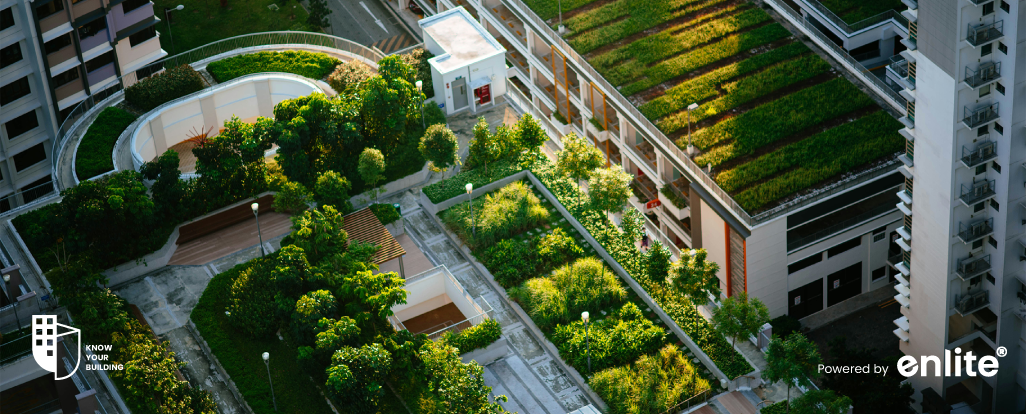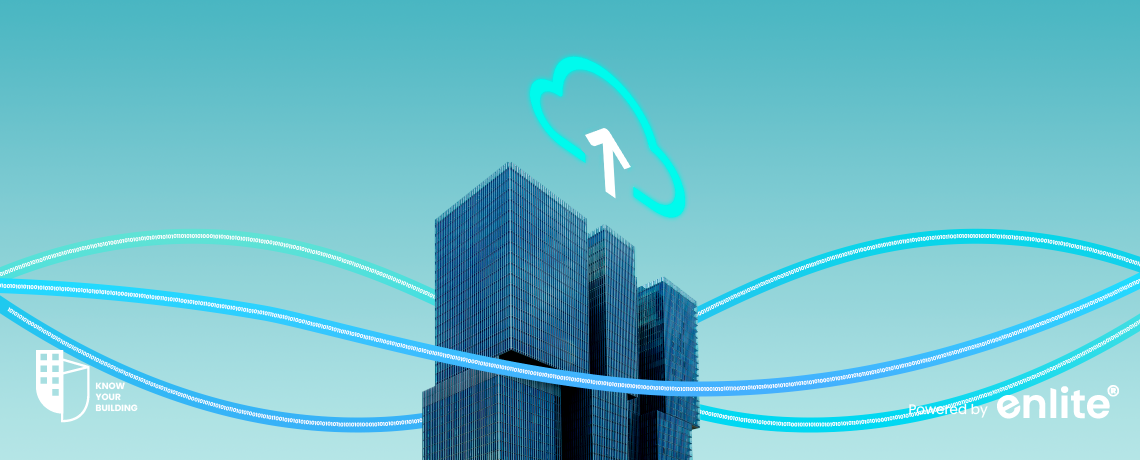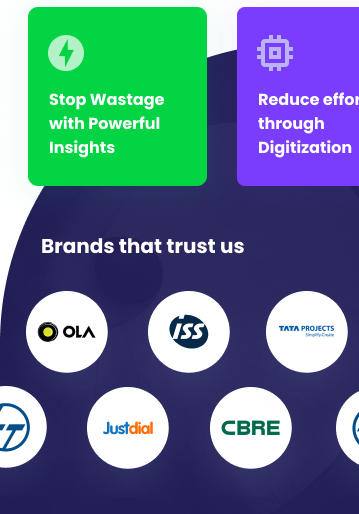As cities grow and urbanization accelerates, the need for sustainable building solutions has never been greater. One innovative approach that’s gaining popularity is the adoption of green roofs—rooftop gardens designed to improve energy efficiency, air quality, and overall sustainability.
Green roofs are more than just aesthetically pleasing; they play a crucial role in reducing urban heat, managing stormwater, and lowering a building’s carbon footprint. In this blog, we’ll explore the benefits of green roofs and how they align with smart building practices and sustainable urban development.
What is a Green Roof?
A green roof, also known as a living roof, is a layer of vegetation planted over a waterproofing system on top of a building. These roofs can be:
🌿 Extensive Green Roofs – Lightweight, low-maintenance, with drought-resistant plants like sedum and moss.
🌿 Intensive Green Roofs – Heavier, with deep soil layers supporting trees, shrubs, and even vegetable gardens.
Green roofs integrate seamlessly with smart buildings by enhancing energy efficiency, water management, and air purification.
How Green Roofs Benefit Urban Buildings
1. Improved Energy Efficiency & Insulation
One of the biggest benefits of green roofs is their ability to reduce energy consumption by acting as natural insulation. The vegetation and soil help regulate indoor temperatures, reducing the need for excessive heating and cooling.
🔹 Example: A green roof can reduce summer cooling costs by up to 30% by preventing heat absorption.
2. Urban Heat Island (UHI) Effect Reduction
Cities experience the Urban Heat Island (UHI) effect, where concrete and asphalt absorb heat, making urban areas significantly warmer than surrounding rural zones. Green roofs mitigate this effect by absorbing and reflecting solar radiation.
🔹 Example: Studies show that green roofs can lower city temperatures by 2-5°C, making urban environments more comfortable.
3. Stormwater Management & Flood Prevention
Urban areas face water runoff issues due to non-permeable surfaces like concrete and asphalt. Green roofs absorb rainwater, reducing stormwater runoff and the risk of urban flooding.
🔹 Example: A green roof can retain up to 80% of rainfall, helping to prevent waterlogging and drainage system overload.
4. Improved Air Quality & Carbon Sequestration
Green roofs filter air pollutants, trapping dust, carbon dioxide (CO₂), and volatile organic compounds (VOCs) while releasing oxygen.
🔹 Example: A 1,000 sq. ft. green roof can remove up to 40 lbs of airborne pollutants annually, contributing to healthier urban air quality.
5. Biodiversity & Urban Green Spaces
Green roofs provide a habitat for birds, pollinators, and beneficial insects, increasing urban biodiversity and restoring natural ecosystems.
🔹 Example: Cities like Singapore and Toronto have integrated green roofs into sustainability policies to promote biodiversity conservation.
6. Noise Reduction & Enhanced Building Comfort
Green roofs act as a sound barrier, absorbing noise pollution from traffic, construction, and city activities.
🔹 Example: A green roof can reduce noise levels by up to 50 dB, making buildings quieter and more comfortable for occupants.
7. Increased Property Value & Aesthetic Appeal
Buildings with green roofs attract eco-conscious tenants, buyers, and investors, increasing real estate value and market appeal.
🔹 Example: Studies suggest green roofs can boost property values by up to 15% due to lower operational costs and sustainability benefits.
8. Integration with Smart Building Management Systems (BMS)
Green roofs work seamlessly with Building Management Systems (BMS), optimizing:
✅ Water irrigation based on weather data
✅ Energy efficiency by reducing HVAC loads
✅ CO₂ monitoring for improved air quality
By integrating BMS technology, green roofs contribute to real-time building sustainability management.
Challenges & Considerations
While green roofs offer numerous benefits, there are a few challenges to consider:
❌ Initial installation cost – Green roofs require a higher upfront investment, though they offer long-term savings.
❌ Structural load capacity – Some buildings may need reinforcements to support soil and vegetation weight.
❌ Maintenance requirements – Green roofs require occasional irrigation, pruning, and soil checks.
However, technological advancements and financial incentives (such as green building grants and tax credits) are making green roofs more accessible for businesses and developers.
Why Green Roofs Are the Future of Sustainable Buildings
As cities prioritize climate resilience, green roofs are emerging as a key solution for reducing carbon footprints, conserving energy, and creating healthier environments. Governments and corporations worldwide are recognizing green roofs as an essential component of smart, eco-friendly urban planning.
✔ Reduced carbon emissions
✔ Lower energy consumption
✔ Healthier indoor & outdoor air quality
✔ Stormwater & flood prevention
✔ More sustainable & livable cities
Transform Your Building with Know Your Building
At Know Your Building, we specialize in smart building solutions that integrate sustainability, energy efficiency, and climate resilience. Whether you’re looking to optimize energy management, reduce your carbon footprint, or incorporate green building innovations, we can help.
🚀 Ready to make your building smarter and greener?
🔗 Visit Know Your Building to learn more.














